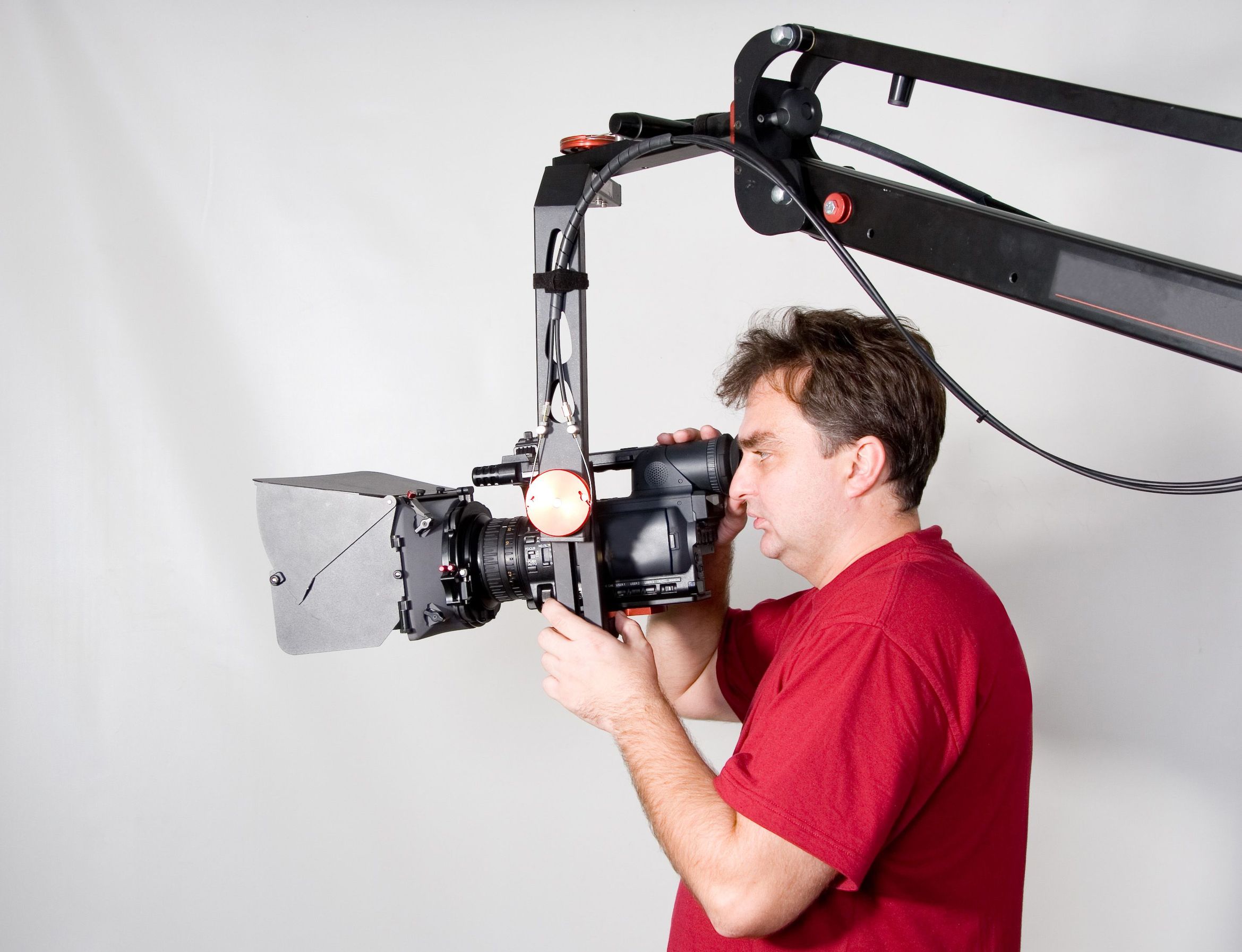Three-dimensional technology – it is taking the world by storm and in particular, the business world. Offering smaller production costs, innovations for product design and a virtual inventory that eliminates the need for storage and warehousing, 3D scanners and printers really are the bees knees right now. The idea first came about when Charles Hull developed the first ever rapid prototyping technology in 1984. His idea has inspired companies everywhere to start using additive manufacturing for the consistent production of products. Printers are spoken about more often than scanners, so let’s discover more about multi-laser technology of this kind, shall we?
How 3D Scanners Work
It sounds like a futuristic idea that is too good to be true but hey, we are in the future now! Technology is advancing at a rapid rate and now, 3D scanners can be used to scan digital images, before tsending the images to a computer and printer, where the image can be printed in three-dimensional form. A non-destructive kind of technology, these scanners detect data called “point clouds” with a light laser, so that real-world object shapes can be picked up on and recreated in 3D form. Laser scanners will all be fitted with camera sensors and this sensor ensures the accuracy of information being recorded.
Handheld Options
When you picture 3D scanners in your head you will probably think of a big, bulky piece of equipment that can only be used in an office environment. However, there are now handheld options being introduced to the market, allowing for three-dimensional scanning on the go. This can come in handy for a lot of people, in particular product designers, because it means they can scan any object that catches their eye or inspires them when going about their daily duties. Most handheld options are integrated with printers of the same brand too, making the scanning and printing process very straightforward.
Scanning is Overtaking Printing
If you start shopping for a 3D printer you will notice that prices are dropping, because 3D scanners are on the rise. In essence, scanners do more than printers because the developed software allows for the customisation and manipulation of any object. So user friendly are the scanning services that anyone can get to grips with them, giving scanners competitive edge over printers. Despite this, if you plan on using the 3D technology at home, a printer will work just fine.
Expert advice about 3D scanners and printers from the team at PrintIn3D. Call 03 5298 3018 to learn more about Australia’s leading firm.



